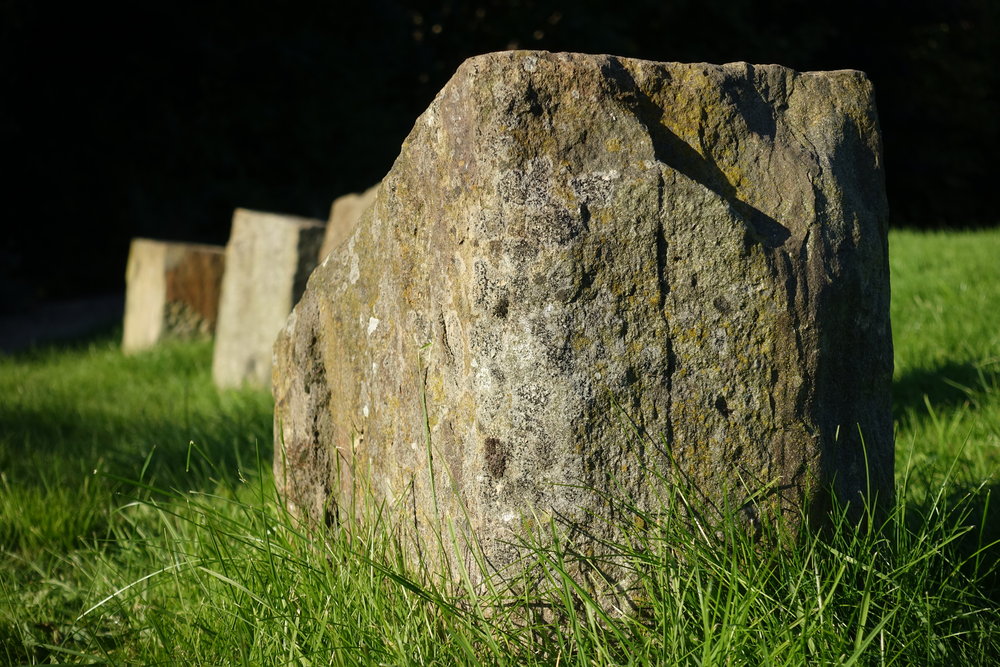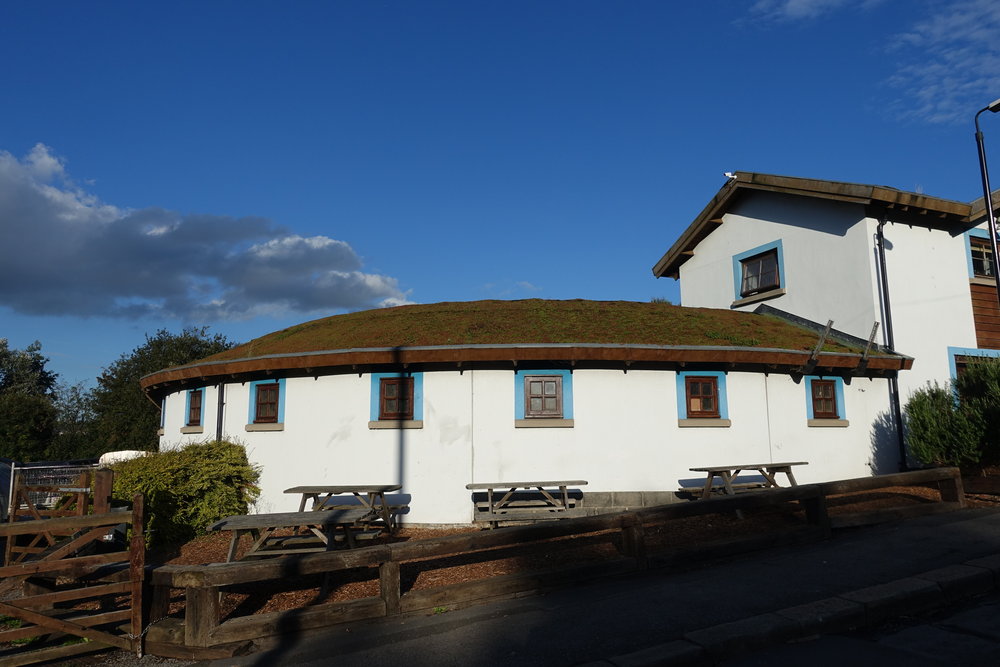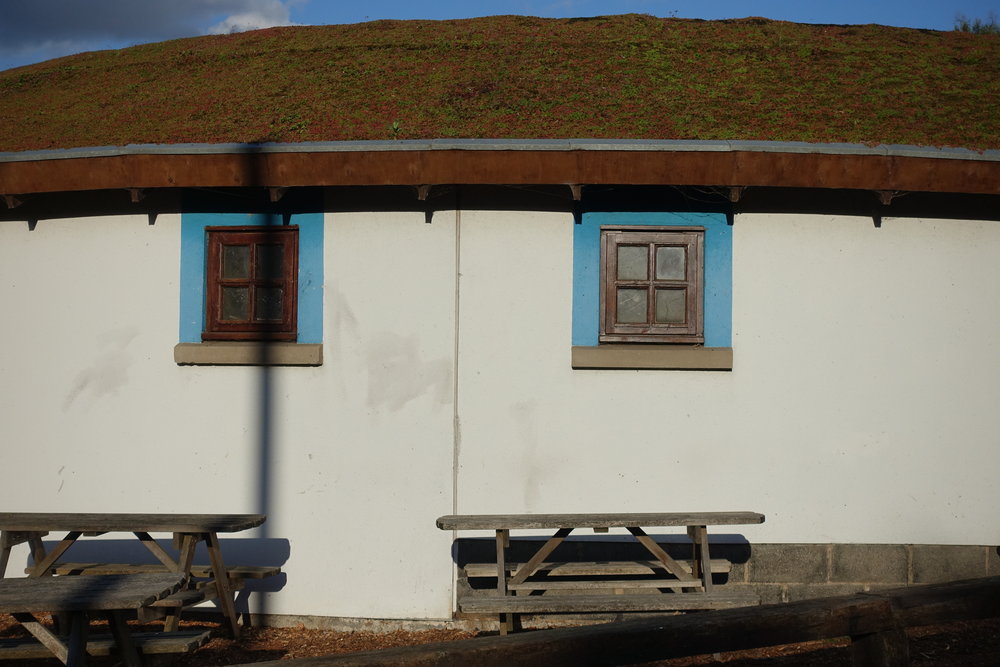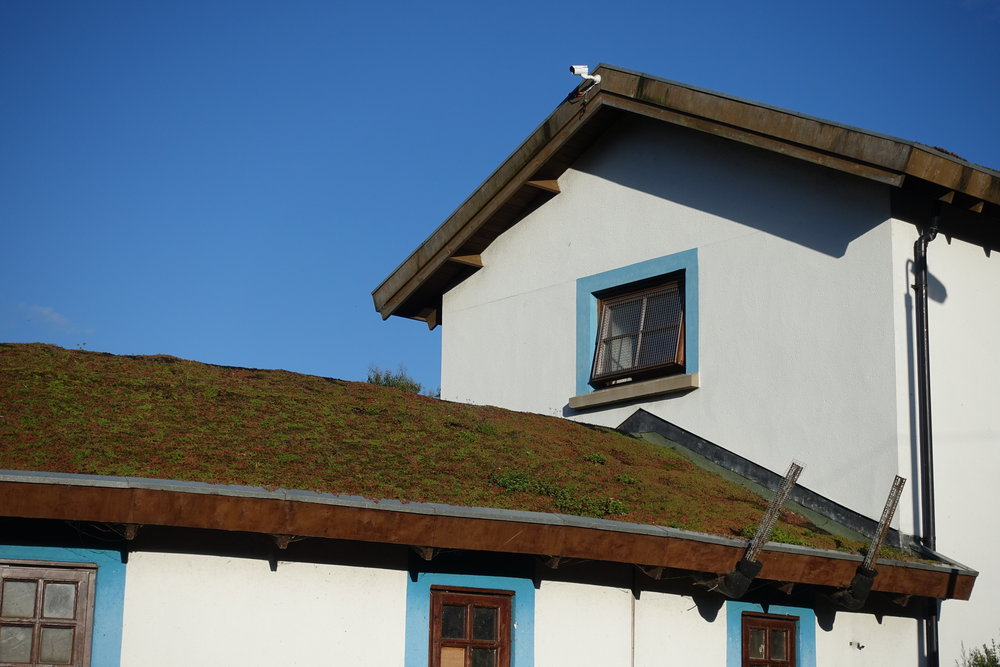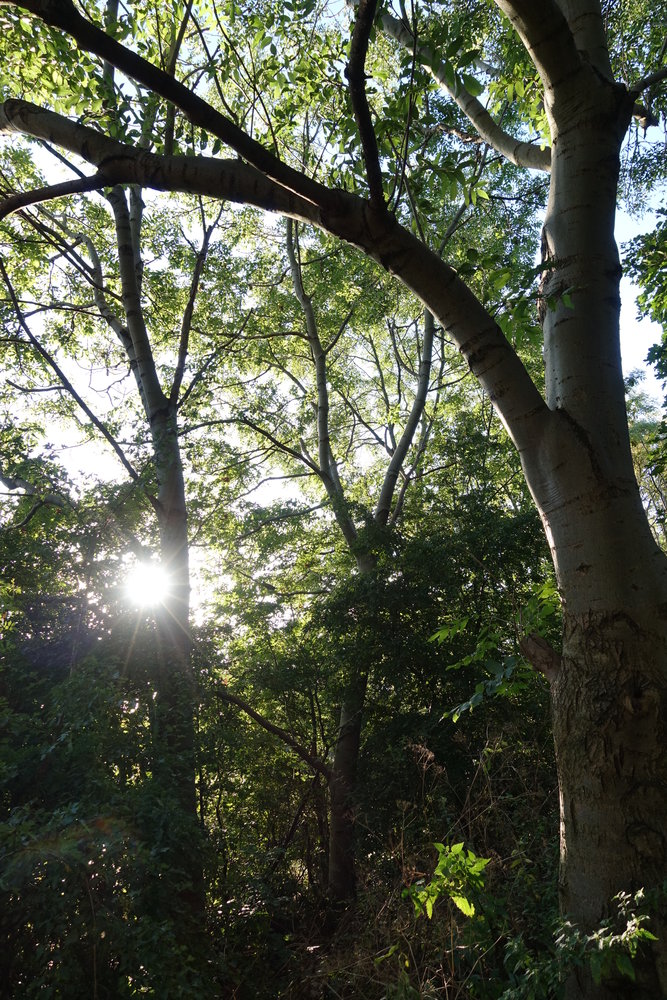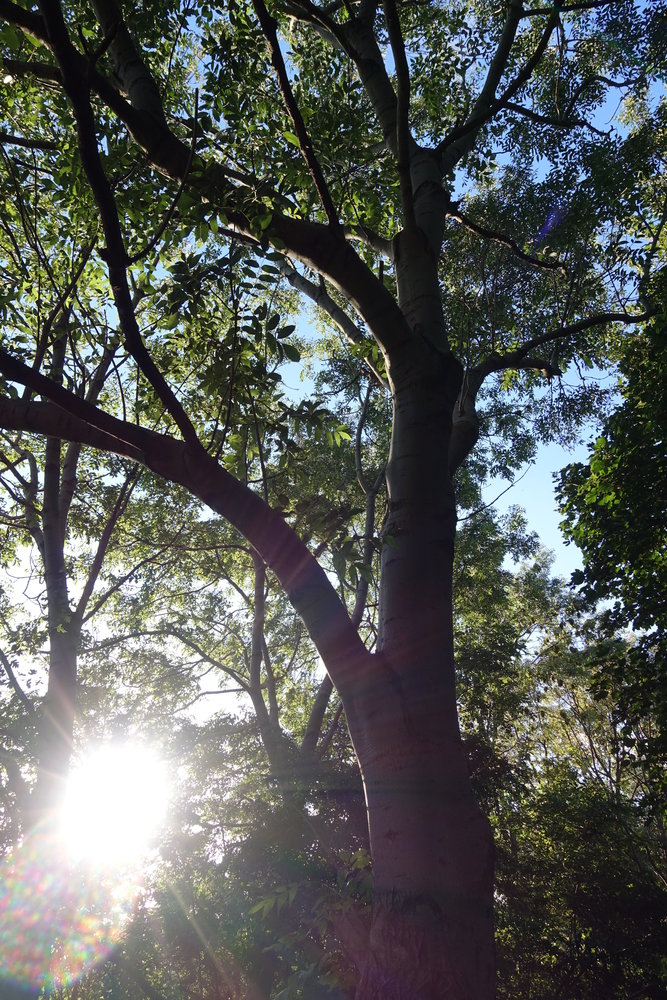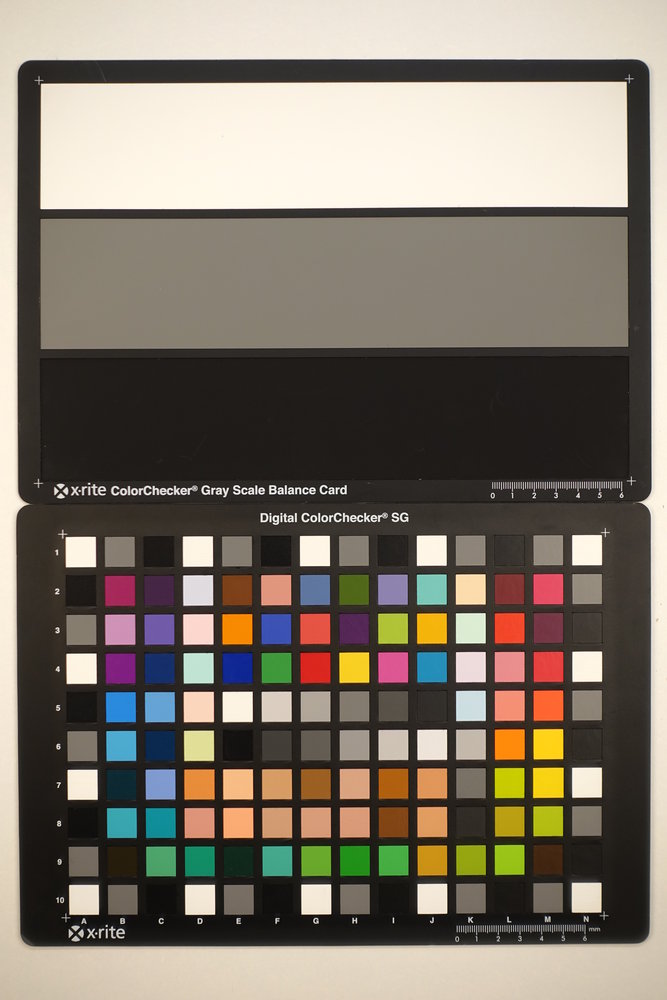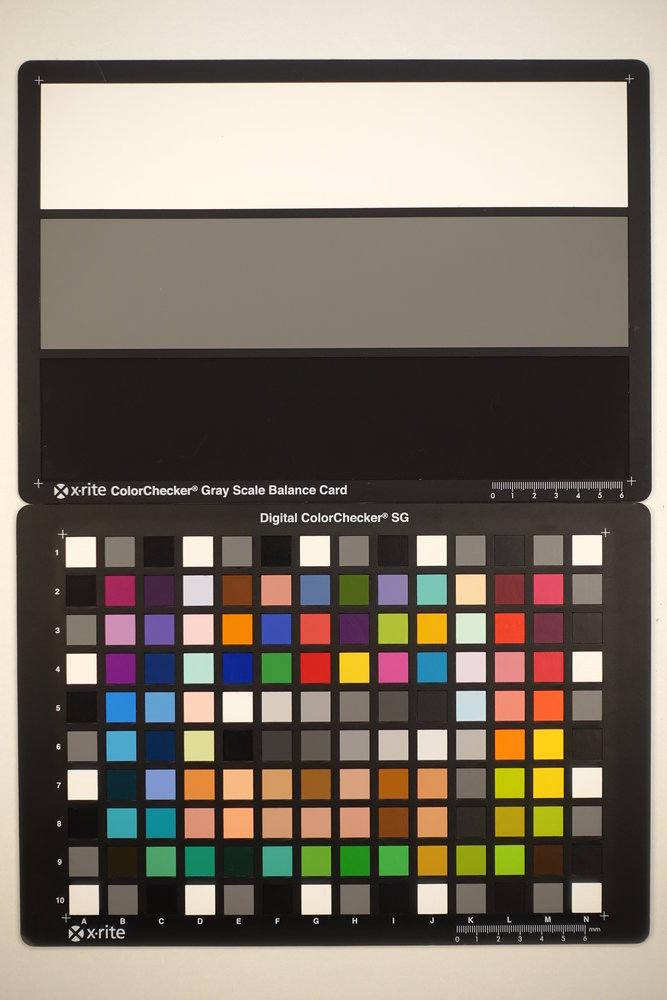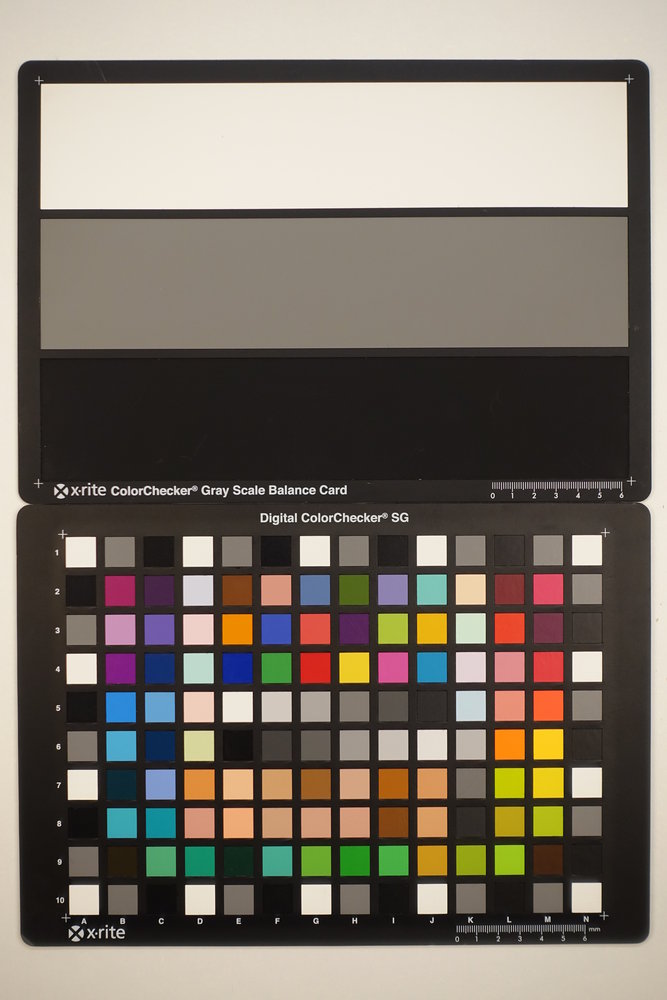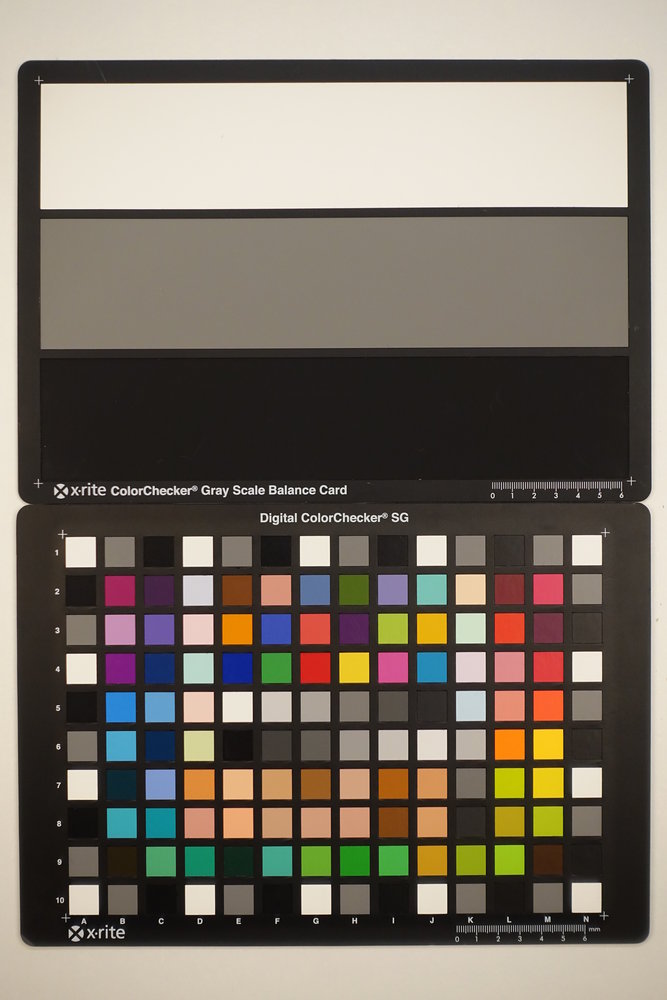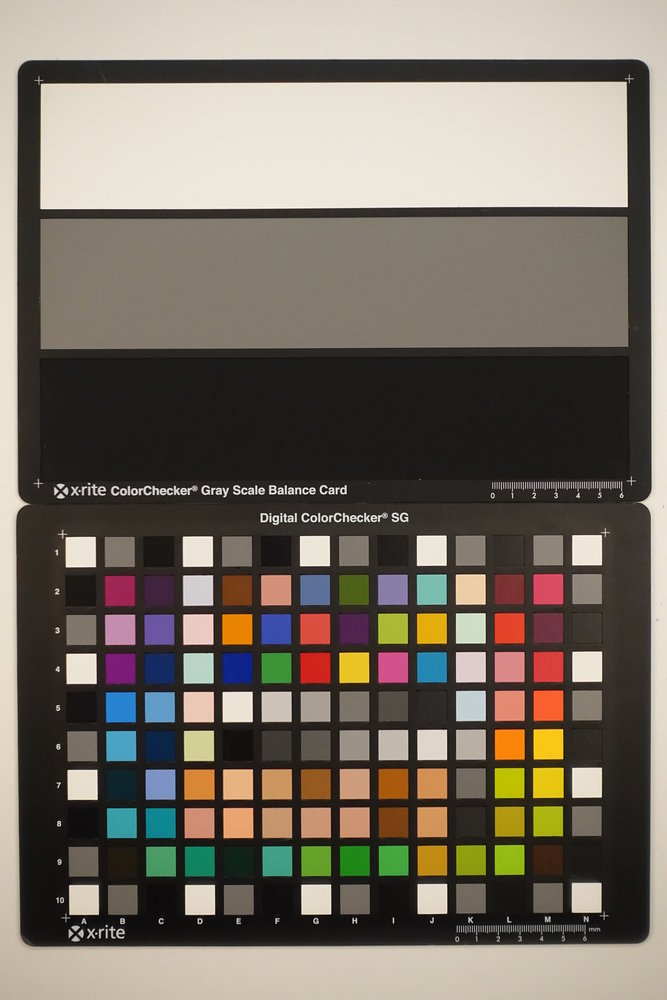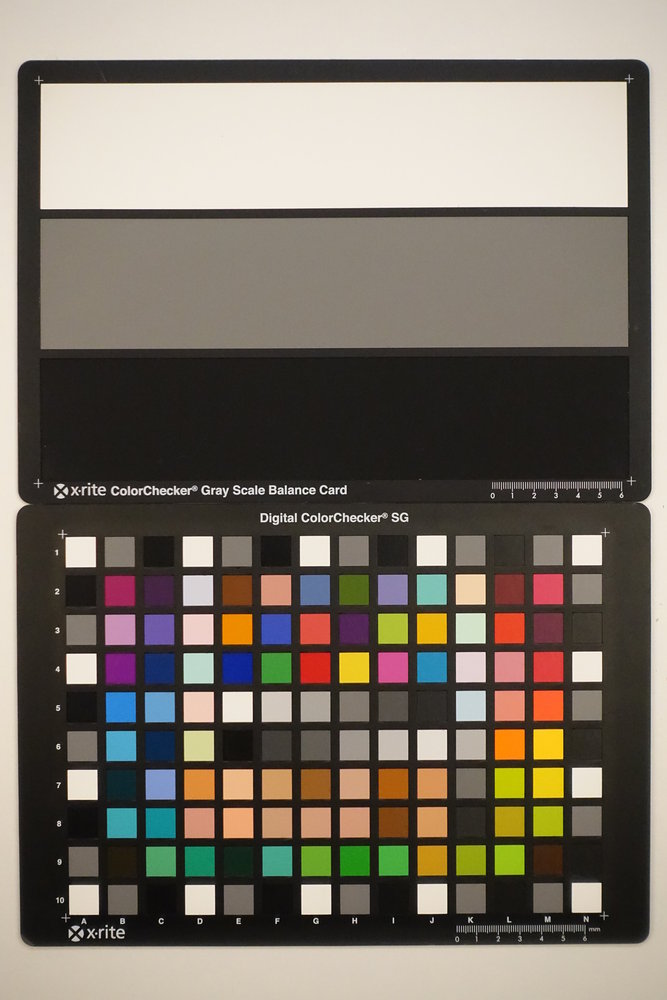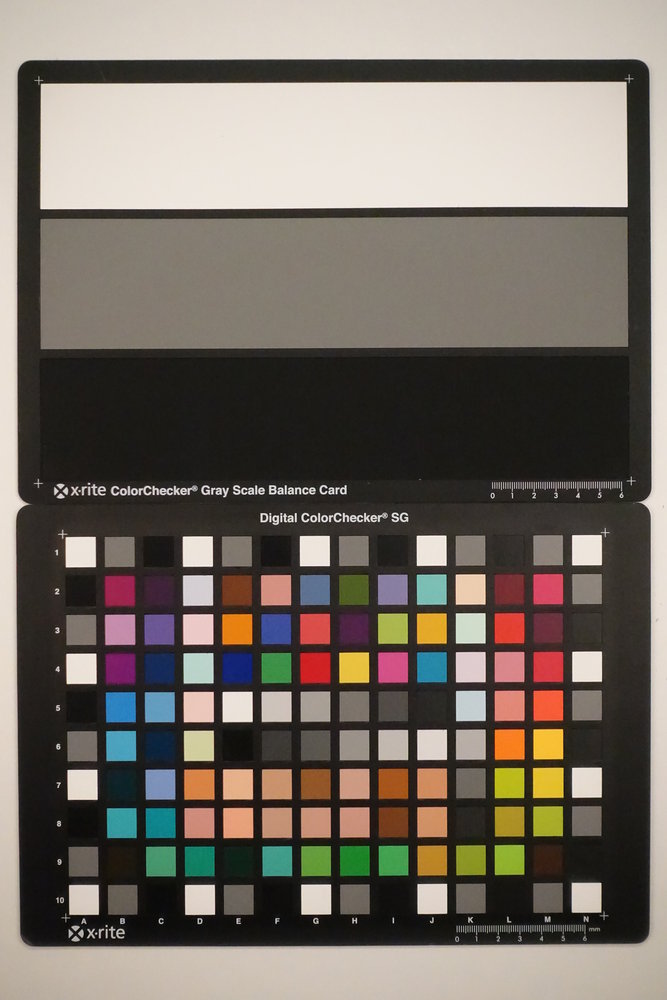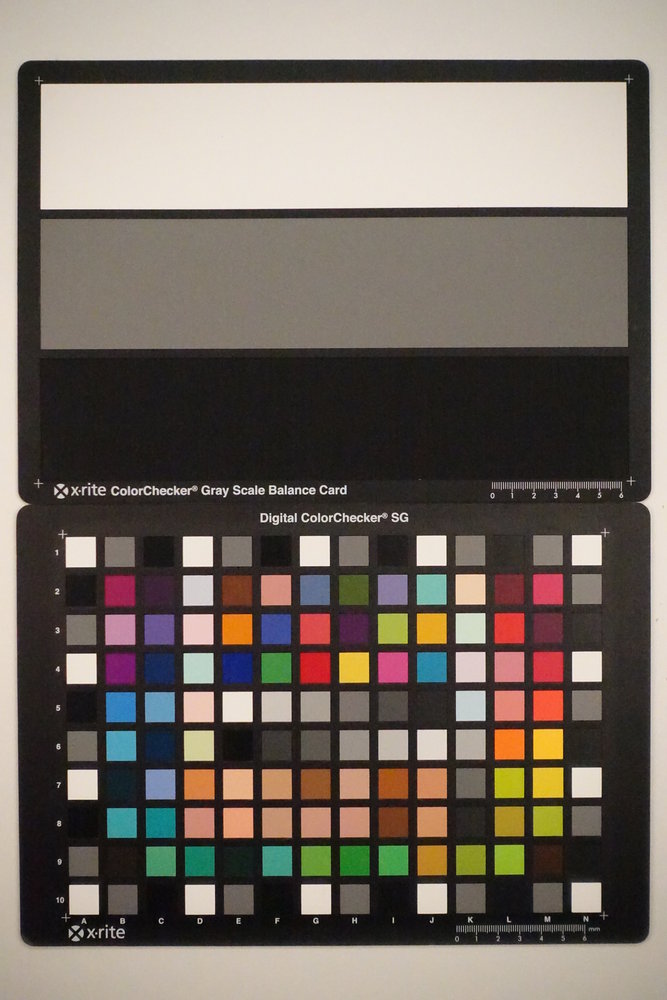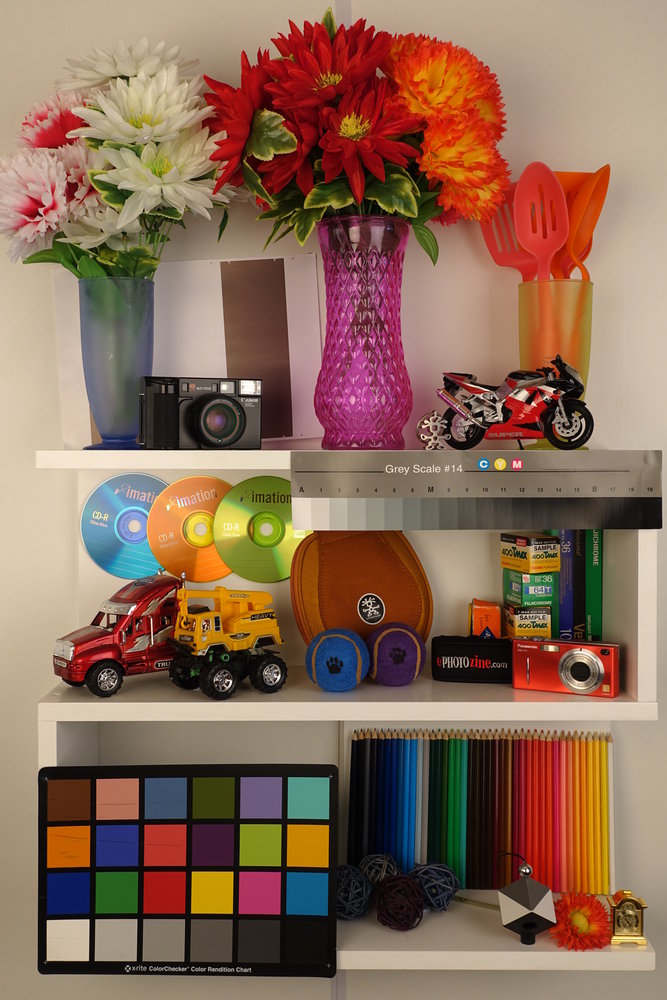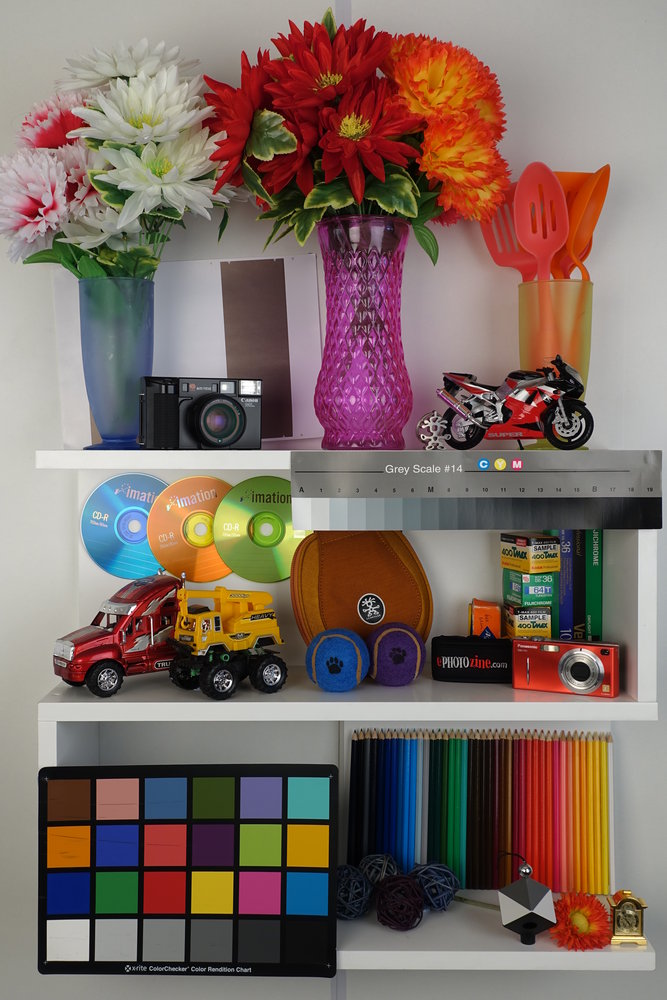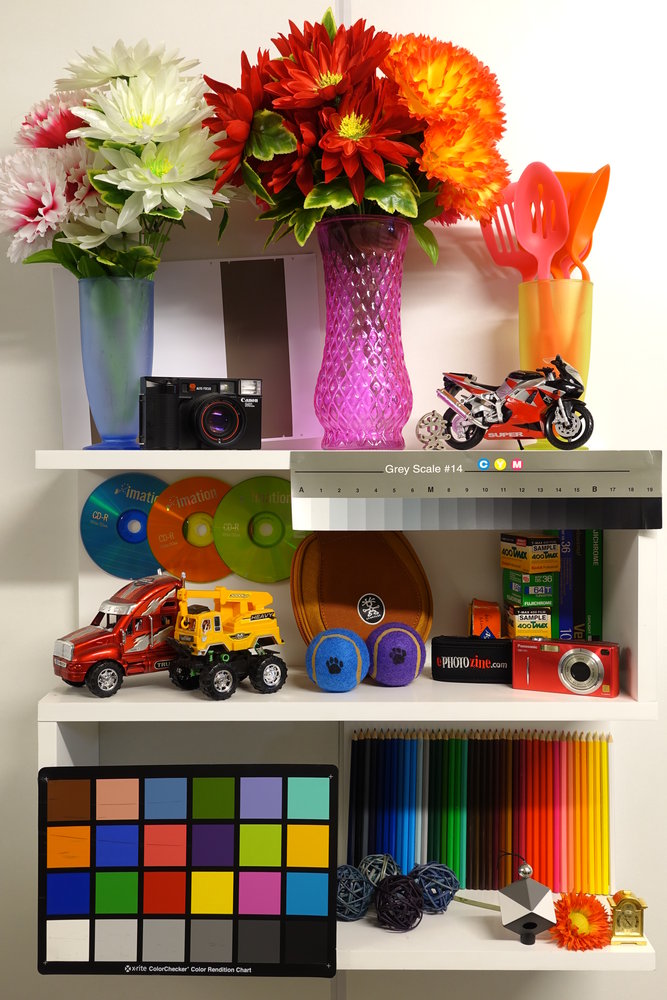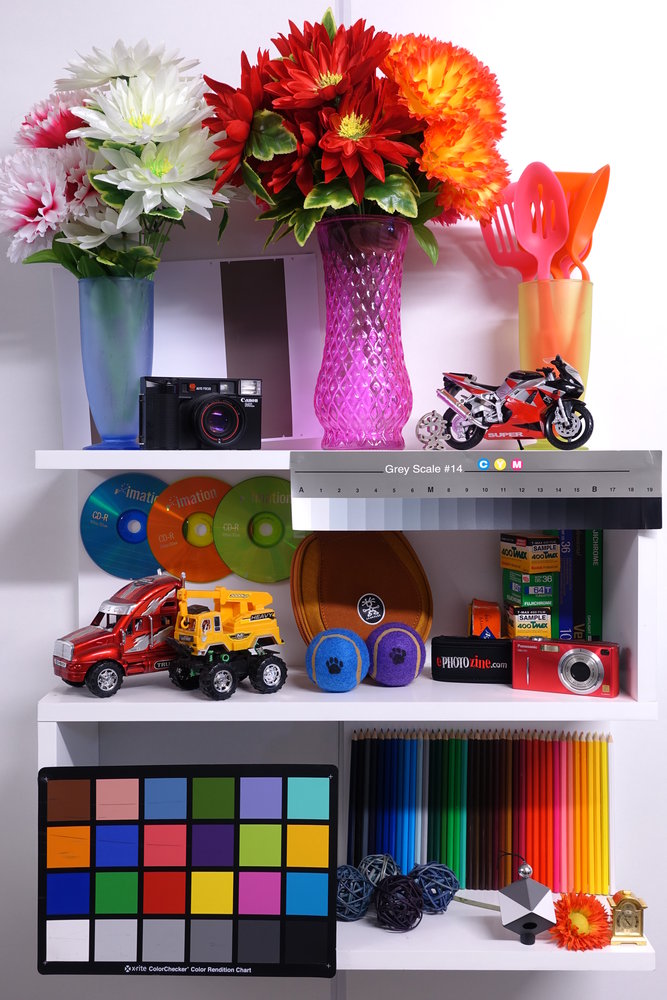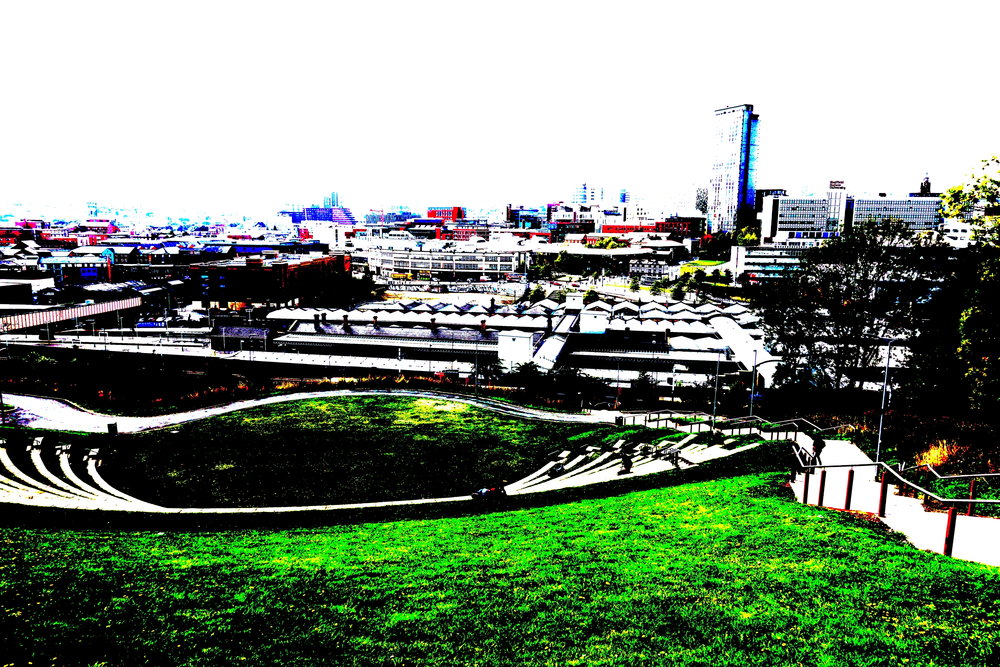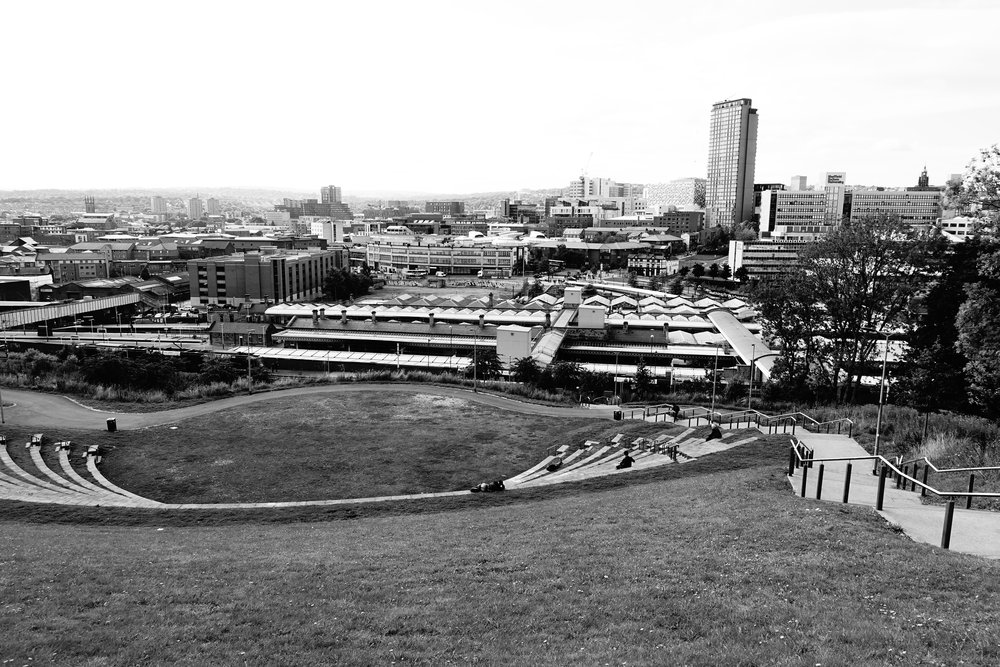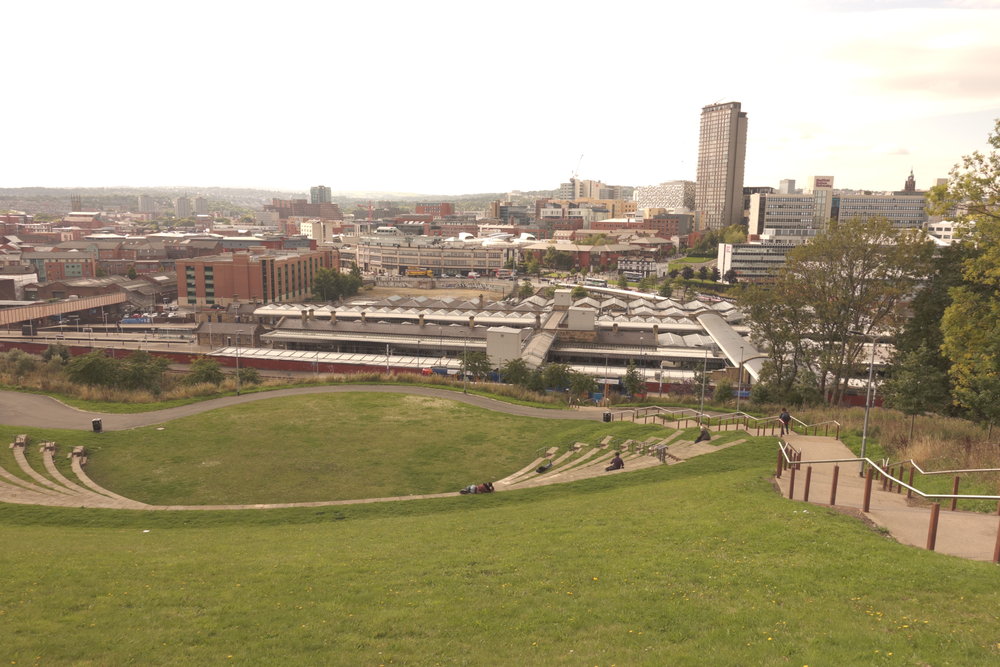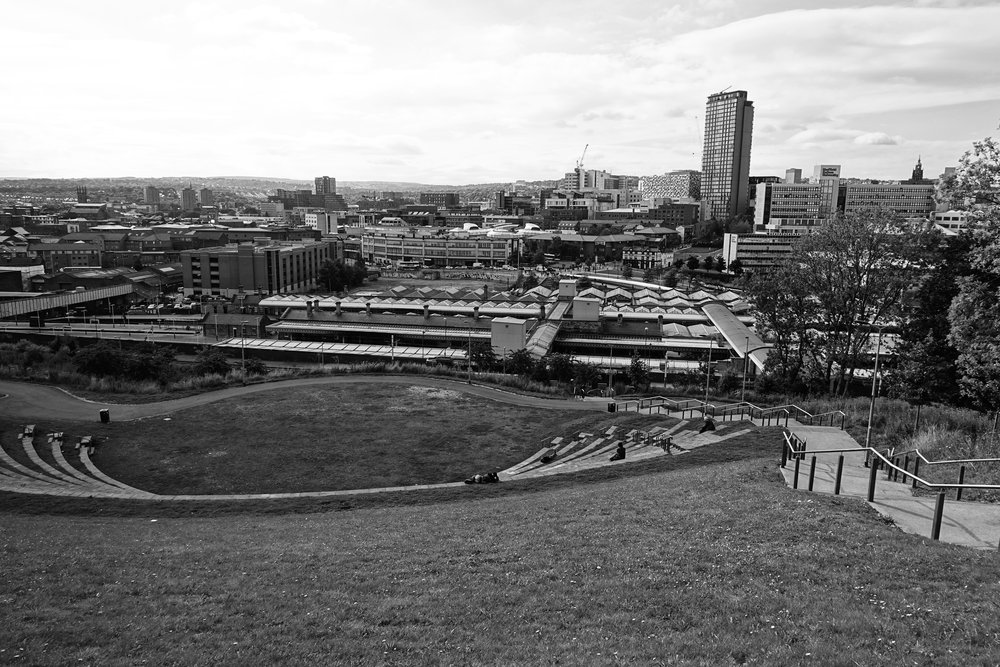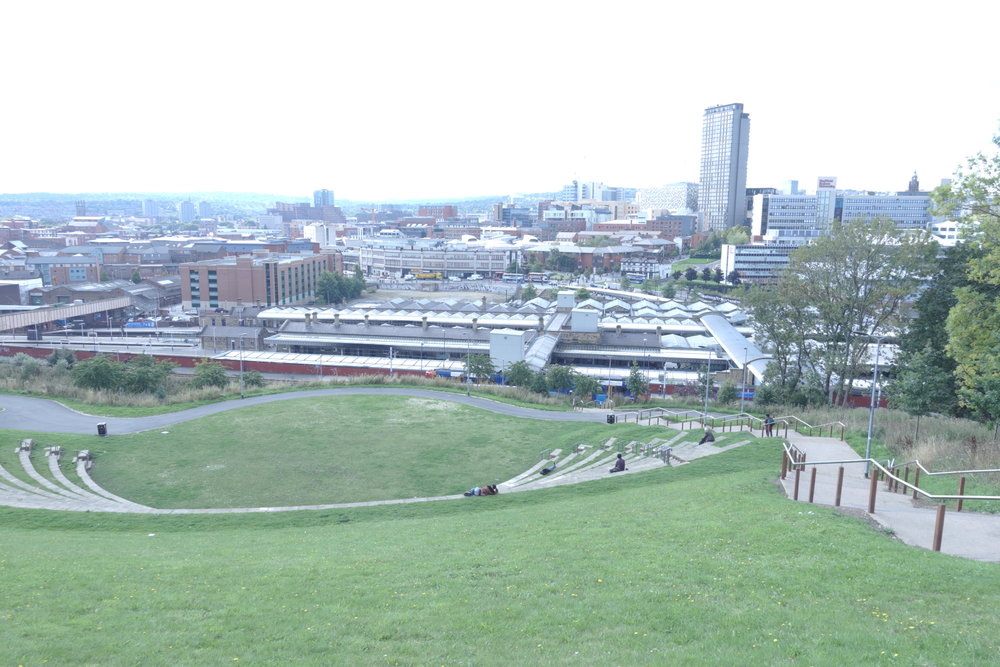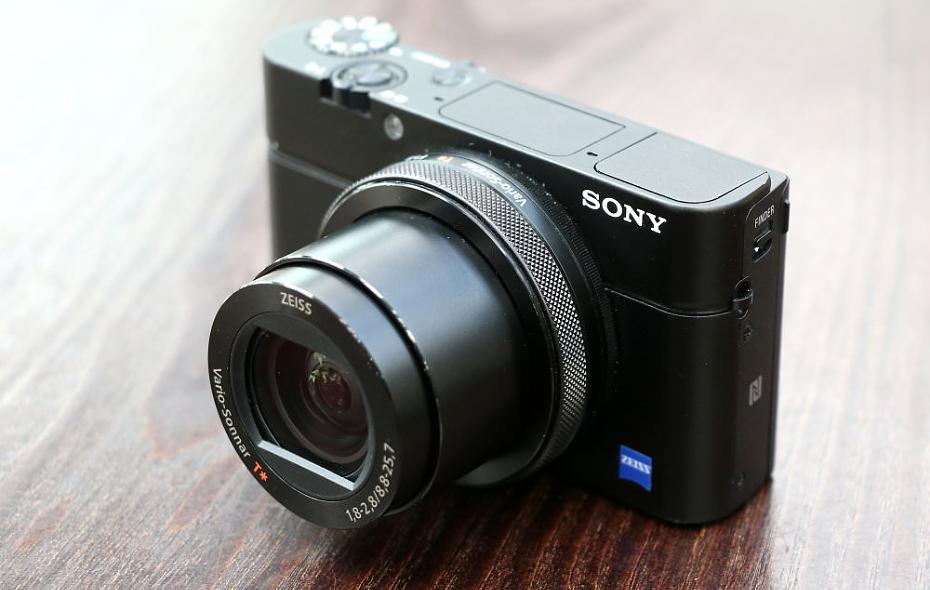
The Sony Cyber-shot RX100 IV is this years update to the RX100 Mark III, and features the World’s First Stacked 1.0inch BSI CMOS sensor with a DRAM memory chip, which allows 40x Super Slow Motion Capture, 4K Video Shooting, High-speed Anti-Distortion Shutter, high speed shooting and more. The RX100 IV features a built-in pop-up electronic viewfinder with an increased resolution of 2.36million dots, and the same 24-70mm equivalent lens as the Mark III. The previous versions, the Mark III, Mark II and original RX100 remain on the market, which makes them extremely good value for money in some cases.
Sony Cyber-shot RX100 IV Features

The Sony Cyber-shot RX100 IV's (DSC-RX100M4) high speed sensor is shared with the Sony Cyber-shot RX10 Mark II which we recently reviewed, enabling 4K video recording, as well as high speed video, along with a number of other benefits.
The world's first 1.0 type stacked CMOS image sensor with DRAM (Exmor RS) - enables the following benefits:
- Super fast electronic shutter (1/32,000s)
- Super slow motion up to 1000fps (max 2 or 4 seconds)
- 4K movie with full pixel read-out without pixel binning
- Simultaneous still image recording up to 17MP during movie recording
- 16fps high speed continuous shooting without display blackout
- Anti-distortion shutter
4K video recording is available at 25fps with optical zoom and stereo sound available. High speed video is available at 250fps (1824 x 1026), 500fps (1676 x 566) and 1000fps (1136 x 384), for a limited amount of time, which can be extended when shooting at a lower resolution.

Sony Cyber-Shot RX100 Mark IV - Stacked CMOS Sensor Explained
The RX100 IV features a built in pop-up electronic viewfinder (EVF), which features a 2.36million dot resolution, and Zeiss T* coating. The pop-up electronic viewfinder (EVF) features dioptre correction, and can be used to switch the camera on when activated. It also features eye-detection so that it will automatically switch to the EVF from the rear screen when held up to your eye. The EVF measures 0.38inches in size, which is larger than most other compact cameras, which tend to use a 0.2inch EVF.
The camera features a bright Carl Zeiss Vario-Sonnar T* f/1.8-2.8, 24-70mm equivalent zoom lens, with a close focusing distance at the telephoto end of 30cm. This is designed to enable better background blur and portrait shots in combination with the brighter f/2.8 aperture at the telelphoto end of the lens. The 3inch screen tilts forwards to enable "Selfie" shots or group shots.
Image processing is taken care of by a BIONZ X processor as used in other Sony cameras - and offers improved detail reproduction technology, diffraction reducing technology when using smaller apertures, as well as improved area-specific noise reduction. The camera will be available with an optional leather case, and a rubber grip that attaches to the front of the camera is also an option.
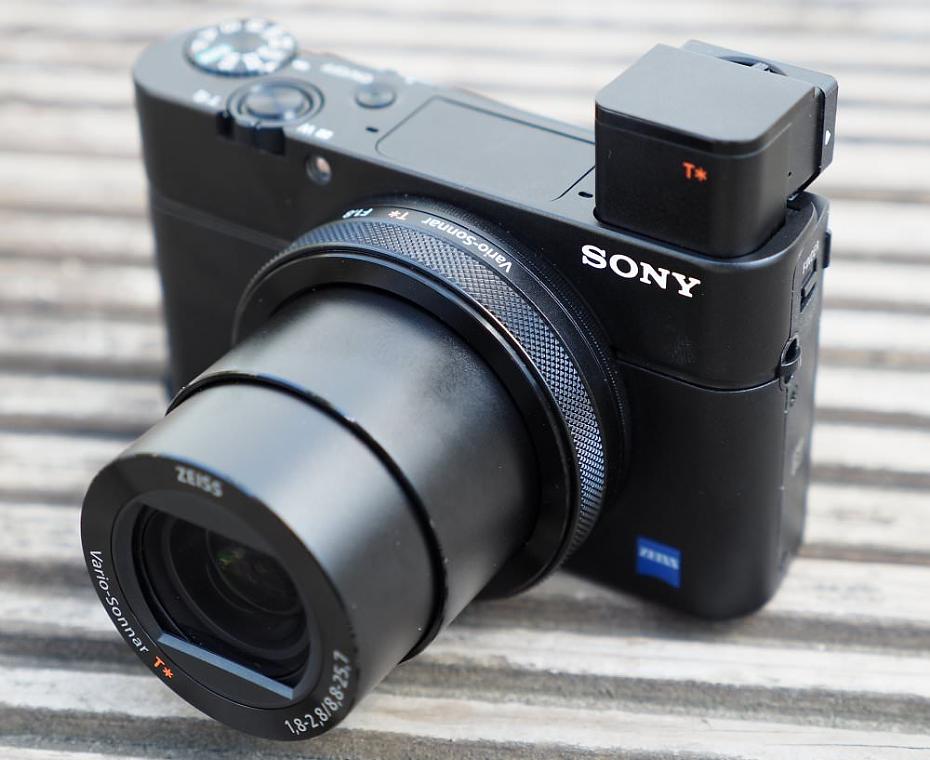
Key Features
- 20.1 megapixel 1inch BSI CMOS sensor
- 2.9x optical zoom lens, Carl Zeiss Vario-Sonnar T* f/1.8-2.8, 24-70mm equivalent
- Optical image stabilisation (intelligent active mode)
- 9 aspherical lenses, including 3 AA (advanced aspherical)
- 3inch tilting screen, 1,229,000 dots, 180 degree tilting for selfies, 45 degrees down
- Pop-up Electronic ViewFinder OLED TruFinder, 2,360,000dots, Zeiss T* coating, built in eye-sensor
- ISO125 - ISO12800 (ISO25600 Multi-Frame NR)
- 16fps continuous shooting
- 4K Video, High speed Full HD video at 100fps
- High speed video at 250, 500, and 1000fps
- 5-axis IS, dual video recording (light MP4 version), HDMI clean output for external recording
- 5cm macro focus, 30cm at telephoto end
- Wi-Fi / NFC connectivity
- 280 shot battery life
Sony Cyber-shot RX100 IV Handling
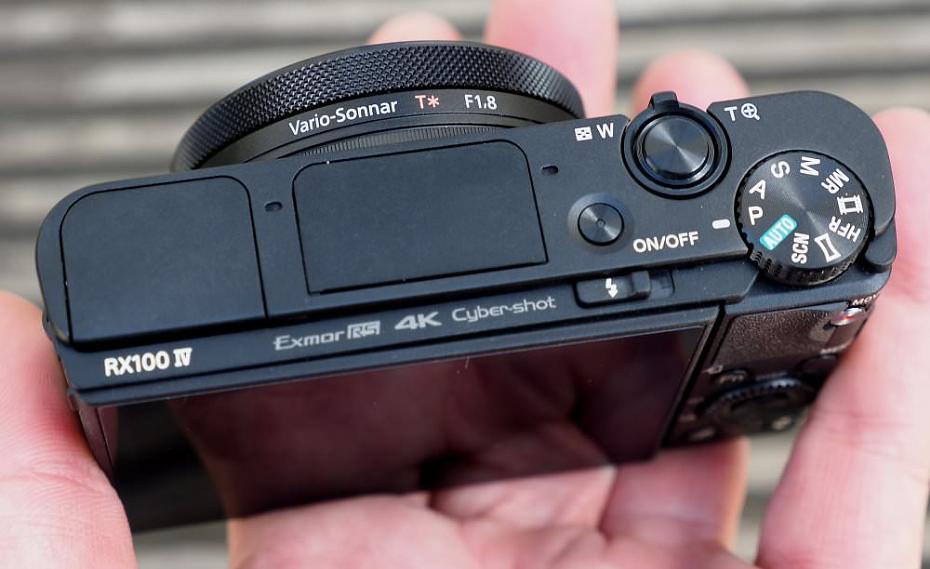
The RX100 IV feels well built with a compact metal body, although the lack of a grip at the front of the camera may disappoint some. One solution would be to buy the Sony leather case for the camera, or alternatively a Flipbac camera grip could be added, or you could always use the provided strap to make sure you don't accidentally drop the camera.
The top of the camera features the pop-up EVF, pop-up flash (and release button), stereo microphones for video recording, on/off button, shutter release with zoom rocker, and mode dial. The mode dial has been updated to include HFR (High Frame Rate) video as an option. The lens features the same control wheel surrounding the lens as found on the previous versions, letting you adjust settings quickly.
The rear of the camera features the same control layout as the previous version, with a small rubber thumb grip, and a C (Custom) button that can be set to any one of 41 controls available to give quicker access to your favourite settings. The screen tilts up 180 degrees, and can also tilt 45 degrees down, for overhead shots.
Focus features include: Lock on AF - continuously tracks moving subject, Easier auto focus area settings, Eye-detection auto focus for portraits, Auto object framing, MF assist, Focus peaking, and a Zebra mode. You can also customise the size of the of the focus point, setting the size from large, medium and small.

The function button brings up a rear control panel, which can also be customised with your favourite options, and the Sony menus have been standardised between the entire Sony range, so that if you have used one of the other new cameras, then you should feel at home using the RX100 IV.
To release the built-in electronic viewfinder (EVF), you simply press the button on the side, and then when it has popped up, you pull the viewfinder towards you. The EVF has dioptre adjustment, as well as an eye-detection sensor. The EVF looks good with a high resolution, and is particularly useful in bright sunny conditions when it can be more difficult to view the screen.
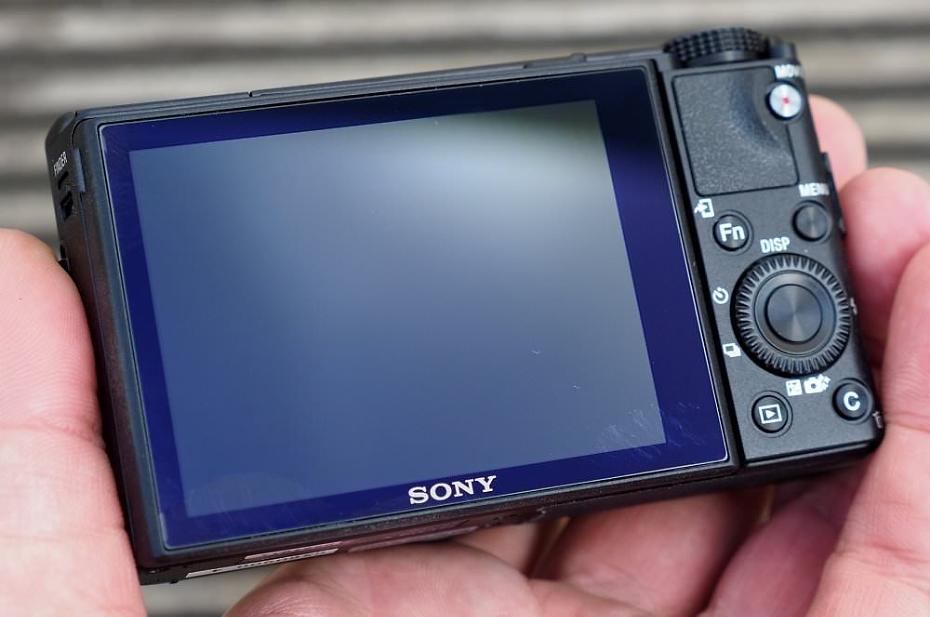
To use the Wi-Fi features with your smartphone you need to download the Sony PlayMemories Mobile app for Android or iOS. The app lets you remotely trigger the camera, control the zoom and set a self-timer, or send photos to the smartphone for sharing on social networks. You can also use NFC to setup the connection if your smartphone has NFC built in. Selecting photos can be done on the camera or the smartphone, and the app has options to set the image size transferred, from full size, 2 megapixels, and VGA. You can also use Sony PlayMemories Apps - a number are free: Picture effect+, Photo retouch, Direct upload v2 (Facebook, Flickr), whereas some are available for a fee.
Battery life - Battery life is rated at 280 shots according to Sony / CIPA test results, which is slightly lower than the previous model, and if you shoot more or plan on using Wi-Fi a lot then we would recommend a spare battery.
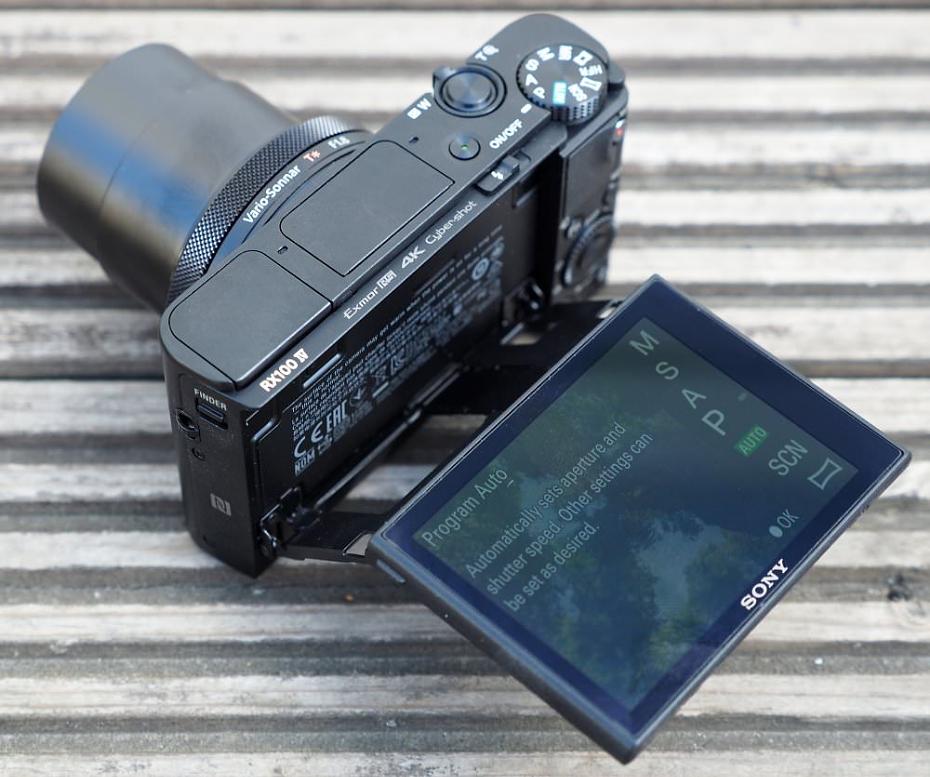
Sony Cyber-shot RX100 IV Performance
The performance section is where we look at the image quality performance of the camera. Additional sample photos and product shots are available in the Equipment Database, where you can add your own review, photos and product ratings.
Speed - We took a number of shots to test the camera's responsiveness, from switch on to first photo, shot to shot, focusing speed etc. We take a number of shots and then use the average to ensure accurate and consistent tests, making it easy to compare with other cameras.
| Shutter Response | 0.0secs |
| Wide - Focus / Shutter Response | 0.15secs |
| Full zoom - Focus / Shutter Response | 0.15secs |
| Switch on Time to Taking a Photo | 2.1secs |
| Shot to Shot without Flash | 0.1-0.2secs |
| Shot to Shot with Flash | 2.0secs |
| Continuous Shooting - JPEG (shots before slow down) |
14fps (48 shots, JPEG Fine) |
| Continuous Shooting - Flash | 1.8s |
| Continuous Shooting - RAW | 8.3fps (29 shots) |
Focus and shutter response are both extremely quick, and the camera has a good shot to shot time, although switch on time is a little slow, as is the flash recharge time. Continuous shooting speed priority uses the electronic shutter to shoot at 14fps for JPEG images, and 8.3fps for raw images. It takes the camera 13 to 14 seconds to write JPEG or raw images to the memory card after shooting until the buffer is full. Tested using an integral ultima pro X 32GB SD card.
Sony Cyber-shot DSC-RX100 IV Sample Photos
Sample Photos - Exposure is reliable, and the camera records a good level of dynamic range when DRO (Dynamic Range Optimisation) is left on Auto. This can be altered, or you can use the HDR shooting mode for additional dynamic range. The camera takes photos with good colour, with good saturation levels, without being overly saturated. There is no red-eye visible in the portrait photo taken with flash, and skin tones are good.
Sony Cyber-shot DSC-RX100 IV Lens test images
Lens Performance - The lens is bright at the wide-angle end of the lens with an f/1.8 aperture, and an f/2.8 aperture at the telephoto end of the lens. The lens zooms from 24mm equivalent wide-angle to 70mm equivalent telephoto. Detail is good and quality remains good into the corners of photos whether shooting wide-angle or telephoto. The lens is quite resistant to flare although when the sun is in the frame flare can be an issue depending on the position of the sun. Purple fringing and chromatic aberrations are minimal, with images corrected in camera. Macro photos can be taken with the subject 5cm from the lens when shooting wide-angle, and 30cm at the telephoto end. There is some vignetting visible when shooting at the wide-angle end of the lens, but minimal barrel distortion.
Sony Cyber-shot DSC-RX100 IV ISO test images
ISO Noise Performance - For the lowest noise and best detail possible we would recommend using ISO80 to ISO800, as images have low levels of noise and good levels of detail. For lower light situations ISO1600 to ISO6400 still provides good results, although noise increases and detail is reduced. At ISO12800 noise levels become strong and we would recommend avoiding this setting if possible, although results may still be useful if resized and used on the web. ISO12800 and ISO25600 could still be useful when shooting using the multi-frame noise reduction mode, however detail is low.
Sony Cyber-shot DSC-RX100 IV White-balance test images
White Balance Performance - Auto White Balance (AWB) gives a warm colour cast under tungsten lighting, with the tungsten preset giving an accurate result. AWB performs well under fluorescent lights, with the fluorescent preset giving a slight magenta colour cast.

Panoramic | 1/500 sec | f/5.6 | 8.8 mm | ISO 125
Panorama mode - The camera features an automatic panoramic mode, where you simply press the shutter release button and pan the camera from one side to the other. Results are good, and well stitched together, with a good resolution image produced.
Sony Cyber-shot DSC-RX100 IV Digital filters
Digital Filters - Picture effects can be selected when shooting JPEG images (raw is not available). There are also colour options (called Creative Style), that let you adjust the contrast, saturation, and sharpness, and this is available when shooting JPEG and raw.
Video - The camera records 4K Video at a resolution of 3840 x 2160 at 25fps, with stereo sound and optical zoom available. Video compression options include pro-grade XAVC S codec at 100mbps, and you can record slow motion videos at 1000fps. To record 4K and High Speed video you need to use a UHS:I, U:3 memory card. ISO12800 is available as the highest ISO setting available.
Standard video resolution and compression options are:
- XAVC S 4K - 25p, 100Mbps, 25p, 60Mbps
- XAVC S HD - 1920x1080 50p, 50Mbps, 25p, 50Mbps, 1920x1080 100fps, 50Mbps
- AVCHD - 50i, 24Mbps, 50i 17Mbps, 50p, 28Mbps, 25p, 24Mbps, 25p, 17Mbps
- MP4 - 1920x1080, 50p, 28Mbps, 1920x1080, 25p, 16Mbps, 1280x720, 25p, 6Mbps
High speed (HFR) video options available:
|
Quality Priority: 2 seconds
|
Shoot Time Priority: 4 seconds
|
The high speed video is then upsampled to a resolution of 1,920x1,080. Additional example videos can be found on the ePHOTOzine YouTube channel, including high speed examples.
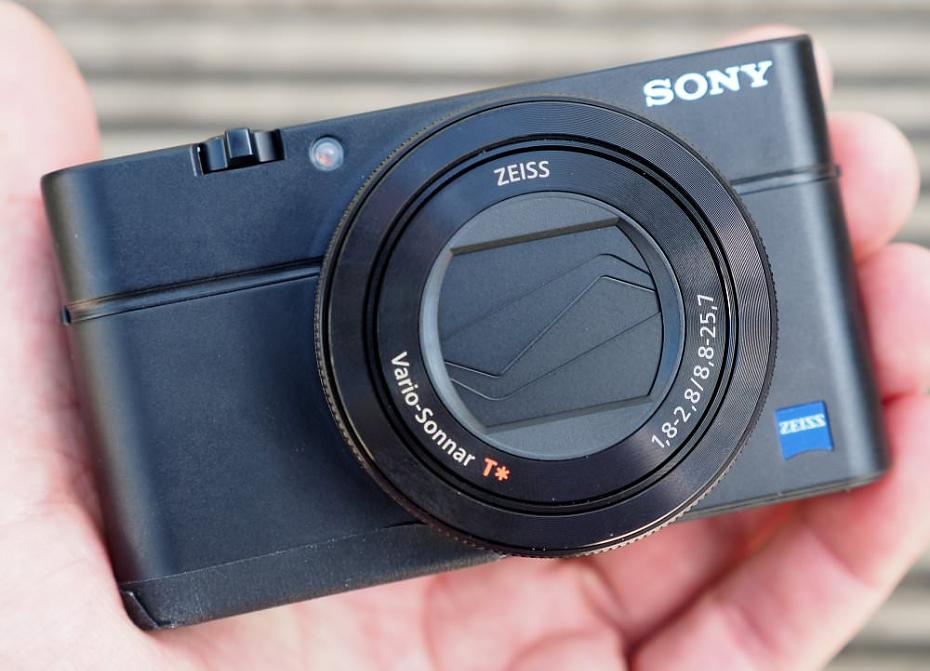
Value For Money
The Sony Cyber-shot RX100 IV is available for £830 which makes it quite expensive, particularly up against the following cameras, shown below, and at this price, you could also have a look at a number of compact system cameras.
Canon Powershot G7 X, 4.2x optical zoom (24-100mm equivalent), f/1.8-2.8, no EVF, £356
Panasonic Lumix LX100, 3.1x optical zoom (24-75mm equivalent), f/1.7-2.8, 4K video, EVF, £549
Leica D-Lux (Typ 109), 3.1x optical zoom (24-75mm equivalent), f/1.7-2.8, 4K video, EVF, £779
Sony Cyber-shot RX100 III, 2.9x optical zoom (24-70mm equivalent), f/1.8-2.8, EVF, £555
Sony Cyber-shot RX100 II, 3.6x optical zoom (28-100mm equivalent), f/1.8-4.9, flash hot-shoe, no EVF, £350
Olympus Stylus 1, 10.7x optical zoom (28-300mm equivalent), constant f/2.8, built in EVF, £379
Canon Powershot G1 X Mark II, 5x optical zoom lens (24-120mm equivalent), f/2-3.9, no EVF, £529
For more options, have a look at our Top 10 Best Serious Compact Cameras. You'll also need to buy a memory card and a case or bag to keep your camera safe and protected - have a look at our complete guide to camera bags.
Sony Cyber-shot RX100 IV Verdict
The Sony Cyber-shot RX100 IV features a new high speed 1inch 20.3 megapixel backlit CMOS sensor that gives the ability to record 4K video, high speed video, as well as high speed continuous shooting. This makes the camera even quicker than before whilst still maintaining the excellent image quality and low noise at higher ISO settings.
The wide angle Carl Zeiss f/1.8-2.8, 24-70mm equivalent optical zoom lens features image stabilisation and delivers excellent image quality whether using the wide or telephoto end of the lens. Sony's skillset in miniaturisation means Sony are able to produce a compact digital camera with a hidden electronic viewfinder, plus Wi-Fi connectivity and NFC. There is a clear tilting screen, although it would have been nice if this was a touchscreen, as this could speed up or improve operation of the camera, particularly with so many options available in the menus.
The Sony Cyber-shot RX100 IV is available now, for around £830, making the price seem high compared to the competition. However, if you don't need or want the new electronic viewfinder and lens, then two models back, you can have a look at the RX100 II, which makes a bargain priced option, as well as the RX100. For those that want high image quality in a compact camera, with the ability to record 4K video, as well as 1000fps high speed video, then the Sony Cyber-shot RX100 Mark IV is recommended.
Sony RX100 IV Camera Review - Verdict: The Sony Cyber-shot RX100 IV is a compact camera with impressive video features including a clever pop-up electronic viewfinder.


